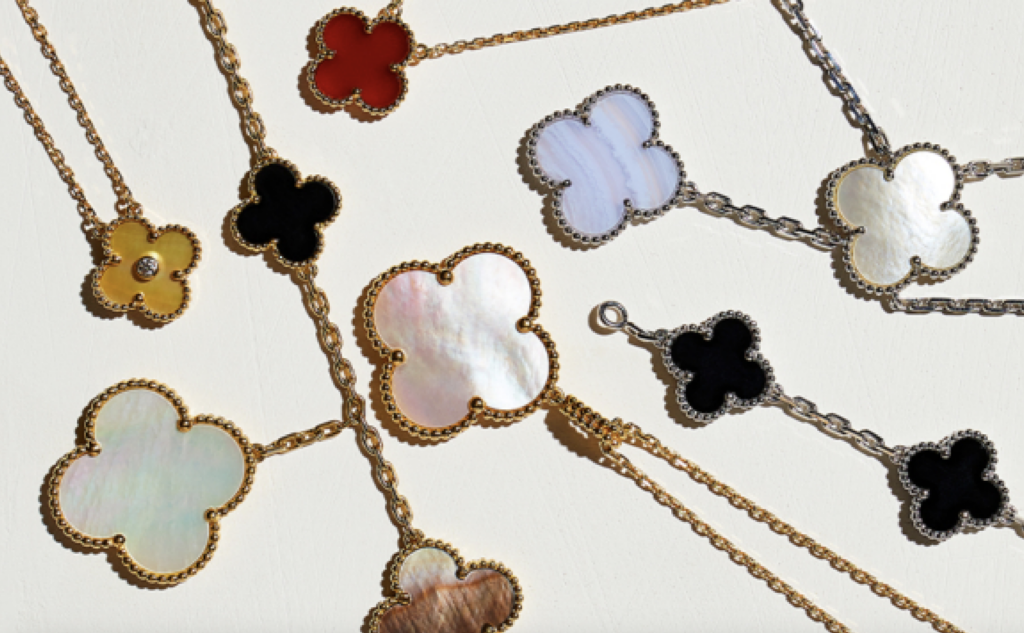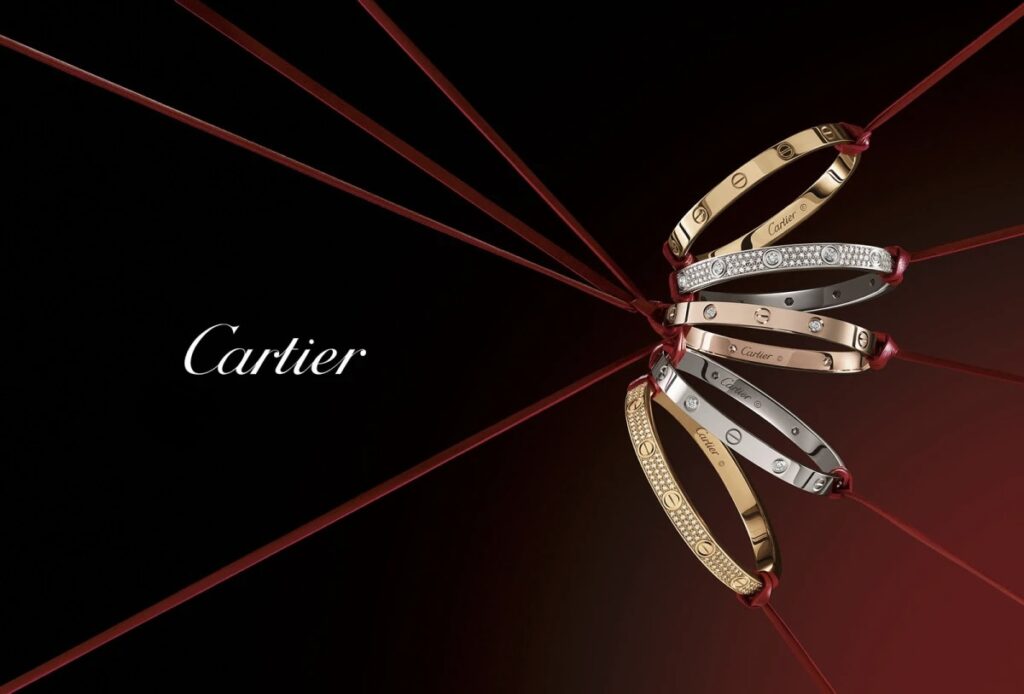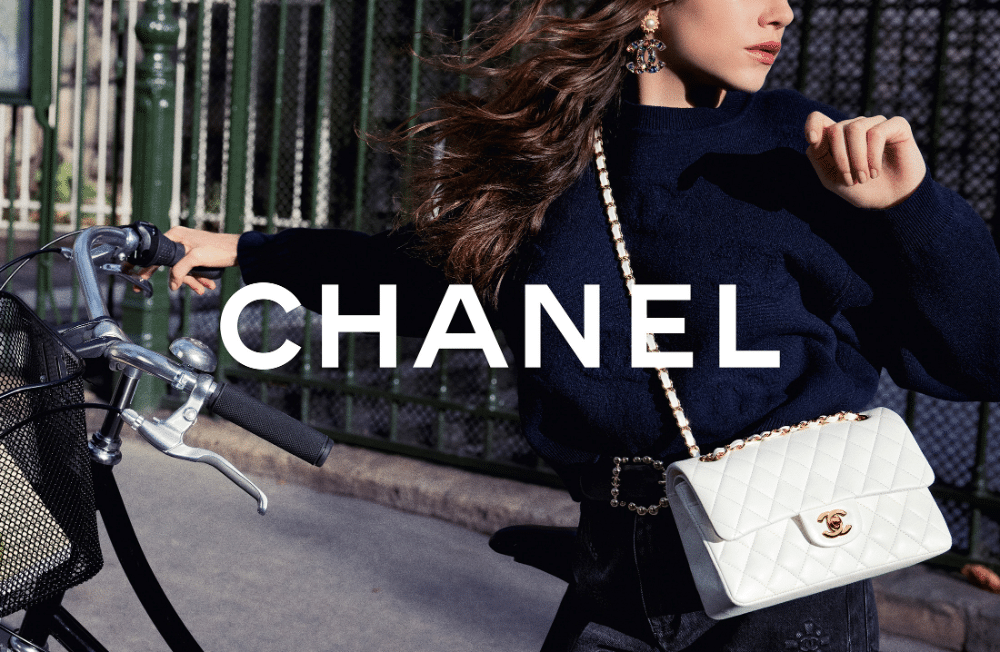“Consumers feel that luxury brands have not upheld their end of the bargain to justify their premium price with clearly superior quality goods,” according to a new report from YouGov. The internet-based market research and data analytics firm’s annual Affluent Perspective 2019 Global Study revealed that 67 percent of the more than 8,200 affluent consumers surveyed say that many mass-market brands “offer a level of quality [that is] comparable to luxury brands,” a blow to the long-standing – and somewhat frequently misplaced – theory that luxury brands demand premium prices purely as a result of the quality of their offerings.
“There used to be a huge gap between mass brands and luxury brands, and even between premium brands and luxury. Now that gap has narrowed,” Cara David, managing partner at YouGov, told Forbes in connection with the annual study. “Luxury was once about something that was rare, unique and luxurious to the human touch. Yes, it was expensive, but it was also very personal.” Now consumers across the globe are saying that is no longer the case, and they are not wrong.
For decades, the difference between luxury brands and mass-market ones centered largely on the high quality and in many cases, the limited quantity, of the offerings. However, since many of the formerly family-owned high fashion brands, from Gucci to Givenchy, started being snapped up by corporate conglomerates like LVMH Moët Hennessy Louis Vuitton and Kering (then known as Pinault-Printemps-Redoute, and PPR, thereafter) en masse beginning in the 1980’s, the nature of the luxury game has seen a marked shift.
Among other things, these brands expanded their physical footprints outside of their native territories (often in France or Italy) both from a manufacturing standpoint, as well as a retail one. In many cases, despite marketing efforts that highlight the craftsmanship that comes by way of self-owned and operated factories and workshops, which still exist (at least to an extent), luxury brands have supplemented in-house efforts with production partnerships with third-parties in lower-cost locales – often in an attempt to lower costs on their ends. They have also built up their global brick-and-mortar networks in order to significantly grow their reach and build their consumer base.
As for the products themselves, these traditional luxury brands began including more accessible, high-margin products (i.e., ones that are relatively inexpensive to make but bear high retail prices) into their collections to reach more consumers, while also increasing revenues and profits. With this has also come an increase in volume of individual offerings to boost the bottom line. It has also brought about a diversification of the textiles at play – such as an emphasis on coated canvas, as opposed to leather, for example, in the case of Louis Vuitton – to further slash costs.
For many luxury brands, from Hermes and Chanel to Louis Vuitton and Gucci, these “accessible” goods – those with price tags of less than $1,000, whether it be fragrances or eyewear, small leather goods or t-shirts – are what really drive sales. Given that most of these products are often logo-centric, they lure consumers as a result not of the quality of the goods, but of the goodwill associated with the brands’ trademarks, as a result of extensive marketing and their history of luxury).
The result has been an onslaught – and market saturation – of luxury goods, and consumers, David says, “are suffering from burnout,” and in a growing number of cases, are “gravitating away from what we might call ‘mass luxury’ brands to more discreet luxury.”
The YouGov report states that this is seeing affluent consumers – at least 77 percent of those surveyed – “making fewer, but more meaningful purchases.” It is also resulting in a re-evaluation of what luxury means on a broader scale. “More than anything, the affluent value the freedom their money gives them,” the report states.
This means that luxury fashion as we know it is “losing some its relevance within the culture at large,” per Forbes Pamela N. Danziger. As for what that means for the industry’s most well-known luxury brands, she says that they are now faced with increased challenges about how “to justify the high prices they charge.”














